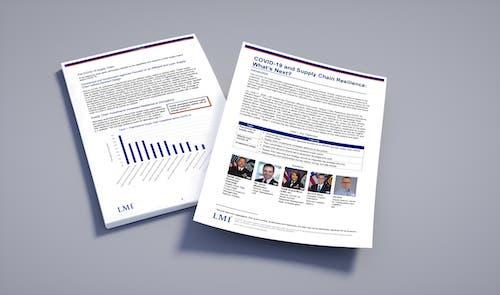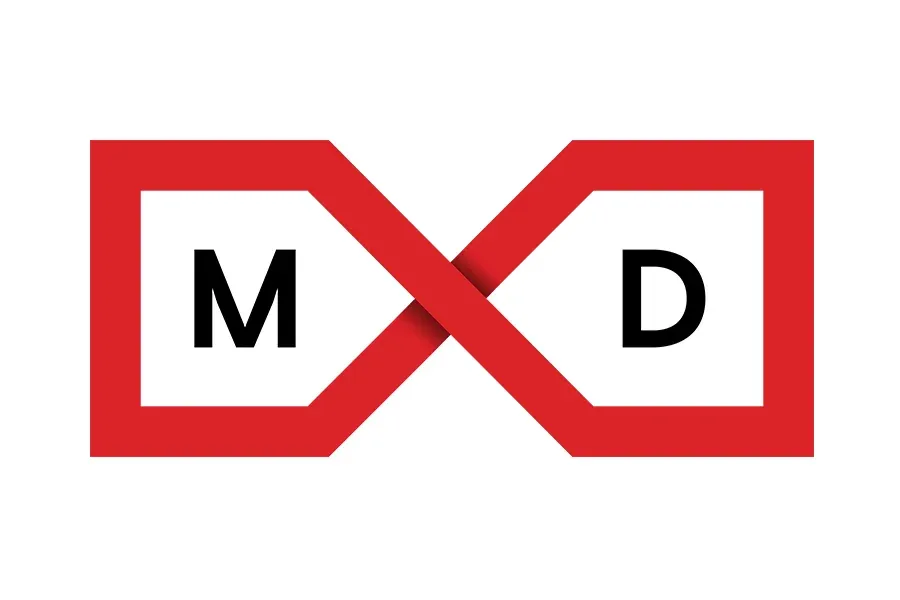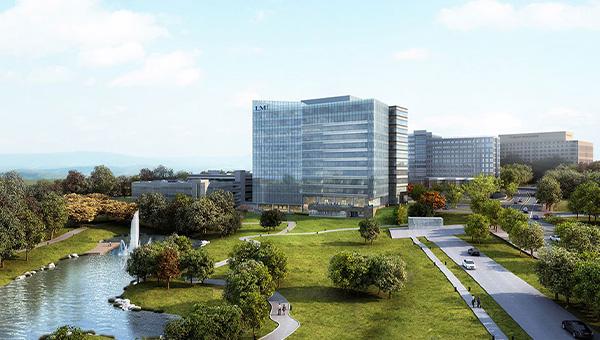
Interoperability Can Unlock the Future of Healthcare
Health, Data & Analytics, Data Management, Innovation at LMI, Disaster PreparednessAs the volume and variety of data and the complexity of delivering healthcare services increases, so does the need for additional interoperability standards to ensure seamless, error-free data flow and improve public health data and healthcare outcomes. The COVID-19 pandemic highlighted the need for agile health systems and greater visibility into patient data. Health systems had to create new medical codes, treatment procedures, prescribing guidelines, and vaccine recommendations. All of these efforts required data sharing and communication between stakeholders and systems, sometimes aided by work being done in the Department of Health and Human Services, Centers for Medicare and Medicaid Services, and elsewhere to streamline information systems and practices.
Going forward, the public sector, in concert with private sector partners, will need to continue this work and build on lessons learned during the pandemic to futureproof our healthcare system and improve public health outcomes. LMI experts have identified some key ways we can improve interoperability in healthcare.
Limit the Potential for Human Error
Health data is notoriously unstructured, but it doesn't have to stay that way. Delta Pelgrim, a principal at LMI, notes that interoperability provides an opportunity to limit the amount of repetitive information that patients and providers have to put into systems. This can help reduce errors and improve the overall experience of interacting with the health system.
“Anytime people have to enter the same information over and over again, there is a greater potential for error. If you have interoperability within systems, you can share information and make updates as needed. There are ways to do this, from an enterprise architecture standpoint, that don't sacrifice patient security and privacy,” she says.
Building systems that can securely retain and transmit basic patient data, for example, should be done with the future in mind. Dr. Brandon Greenberg, an LMI Fellow focused on systems readiness and resilience, adds that it's important to consider systems design from a holistic perspective. “Effective design considers not just who is using the system but also who will use the output from the system. Where is the data going? Who might need it in the future? Asking these questions early in a design or update phase can improve outcomes,” he says.
Create a Centralized Data Hub
Health data is often unstructured, providers may collect information differently, and maintaining patient privacy is paramount. To improve public health outcomes, stakeholders—including providers, patients, insurers, and the public sector—need visibility into the current state of the healthcare system and typical patient experiences. Getting this visibility requires supporting data flow from all of the places health data might originate.
Centralizing data can help to manage some of these challenges. Large aggregate data sets can maintain individual privacy while providing opportunities for analysis. Centralizing can also help streamline data management, supporting standardization over time.
“One of the things we learned with COVID-19 is how important it is to make sure patient records are up to date, not just for providers but also if you're trying to understand a fast-moving threat to the population; you can't do that effectively without accurate and current data,” explains Dr. Aaron Amick, principal technical advisor, Clinical Research, and site lead at LMI. “We are in a world with limited resources, and if we want those to be put to the best use, having good data is important. Centralizing the coordination and verification of the data that is coming in can go a long way toward ensuring the data quality necessary to make good decisions.”
Agencies like Health and Human Services or the Centers for Medicare and Medicaid Services might be natural places where data can be centralized and coordinated. These agencies already have a number of aggregate data sets, including Medicare and Medicaid claims. They have also already made some efforts to streamline their administrative systems and data collection processes.
“We are in a world with limited resources, and if we want those to be put to the best use, having good data is important. Centralizing the coordination and verification of the data that is coming in can go a long way toward ensuring the data quality necessary to make good decisions.”
— Dr. Aaron Amick, principal technical advisor, Clinical Research
Look To Insurance Claims as a Roadmap
Over the last decade, CMS has worked with private sector partners, including LMI, to streamline its payments and claims systems. CMS was able to limit the number of billing and claims systems it was working with, which cut down processing time and reduced the potential for error. As a result, CMS has greater visibility into the types of claims being filed, provider activity, and patient outcomes.
“Claims data can give you a glimpse into what's going on within the health system,” explains Timothy Carrico, a senior health consultant at LMI. “If you start to see a lot of the same claims being filed around a type of illness, for example, that might indicate a trend worth further study.”
He notes that claims data can also identify fraud or abuse of the system. “We had a provider who looked like he was writing a really significant number of prescriptions, but he was actually signing off for all of the doctor's orders in his practice, which you aren't supposed to do. That can be a benign mistake or an indicator of a bigger issue, so the data gives you a starting point,” he says.
A similar approach to streamlining could be used for other parts of the healthcare system, providing a new understanding of how the system is being used and what could be done to improve health outcomes.
LMI has more than two decades of experience analyzing diverse healthcare data to inform health program and policy improvements. We work at the intersection of science, policy, logistics, and analytics to facilitate innovation in healthcare provision and payment, implement federal healthcare priorities, advance health security, and optimize service delivery and program effectiveness.




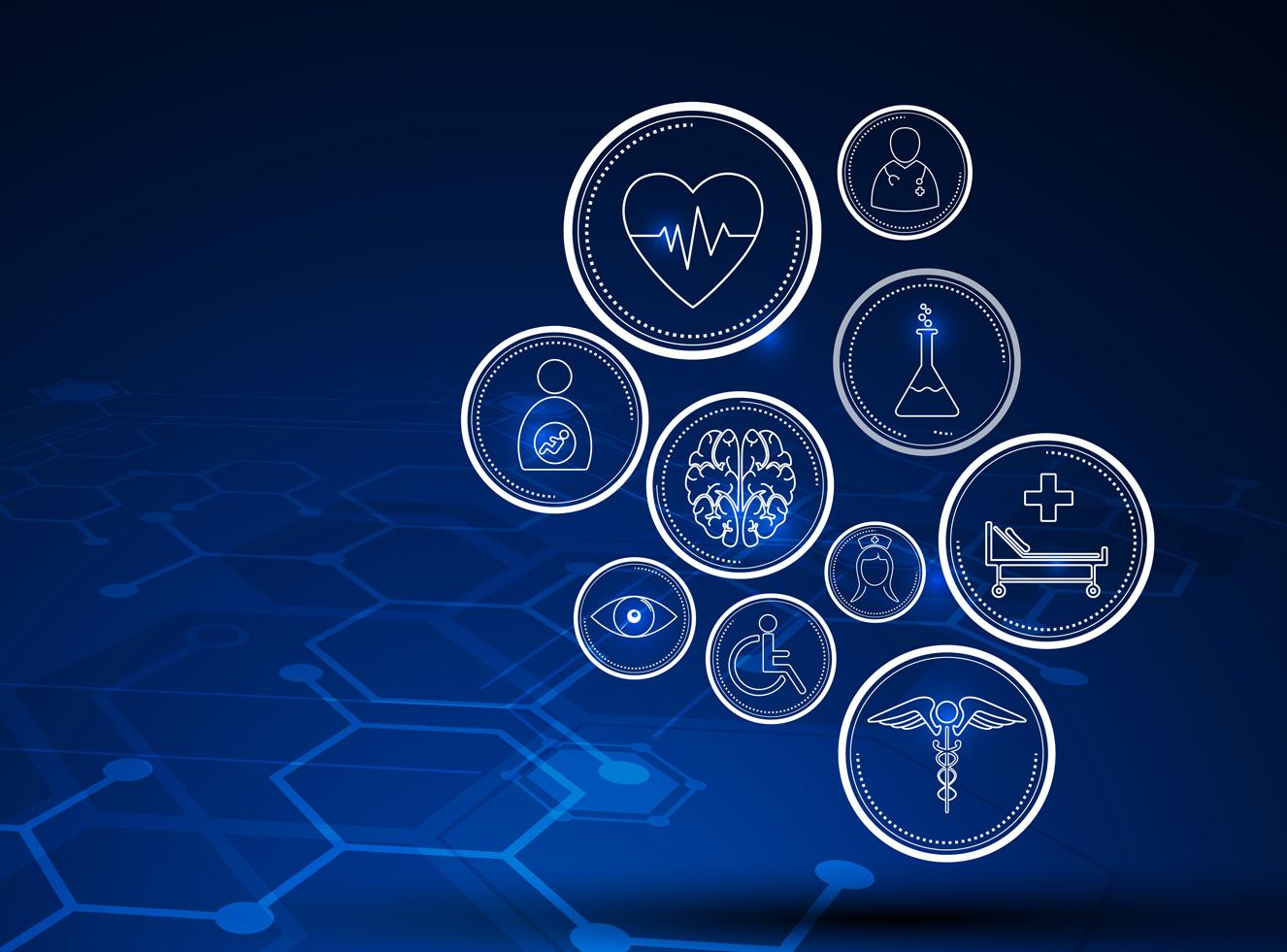

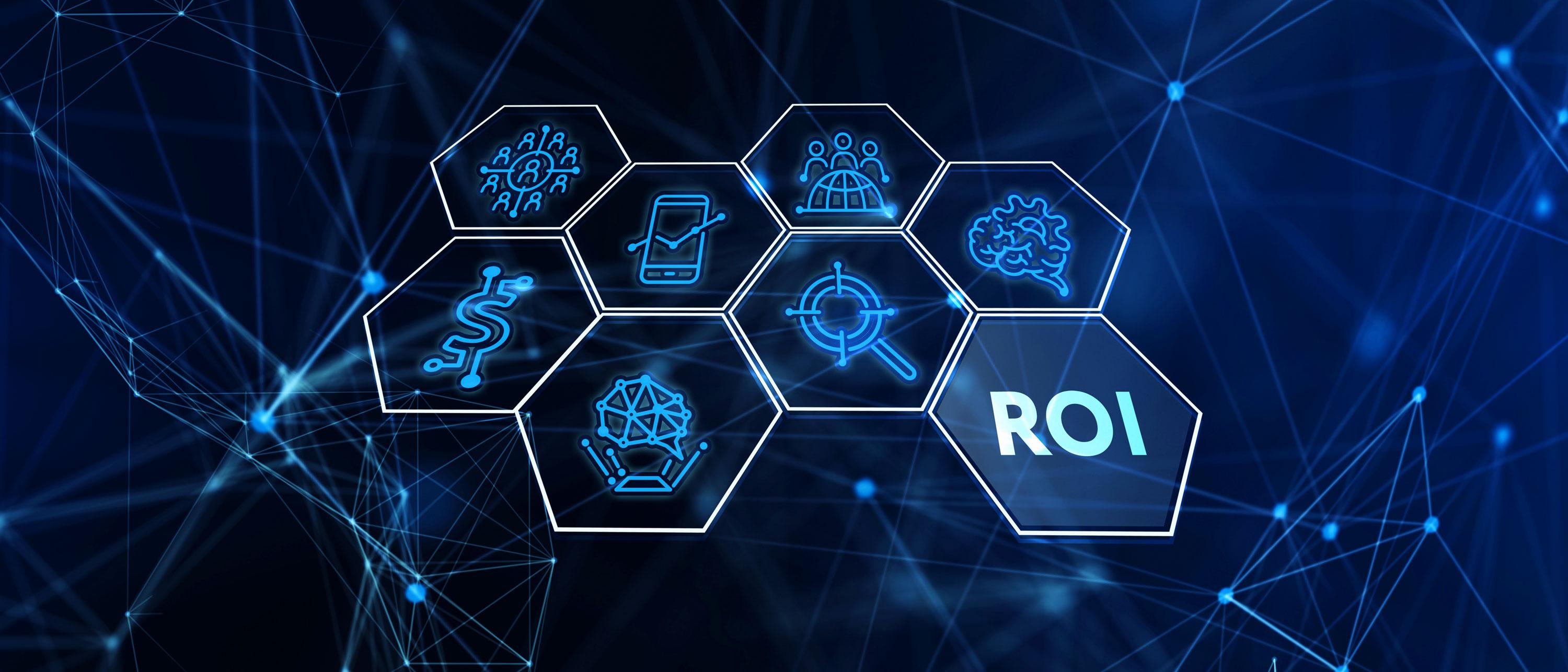









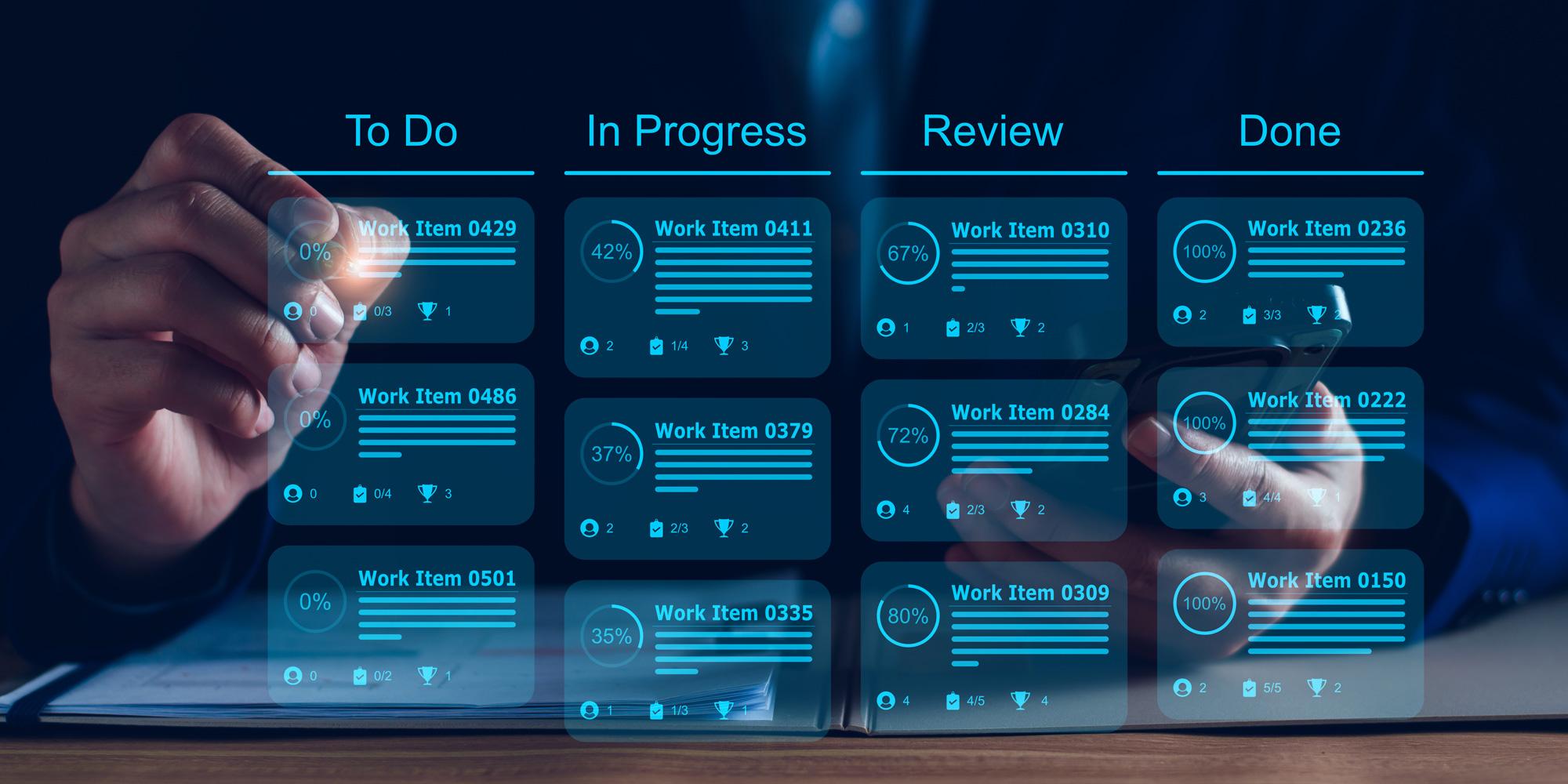



























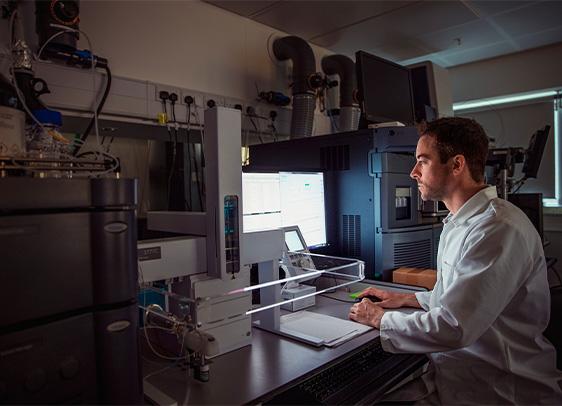







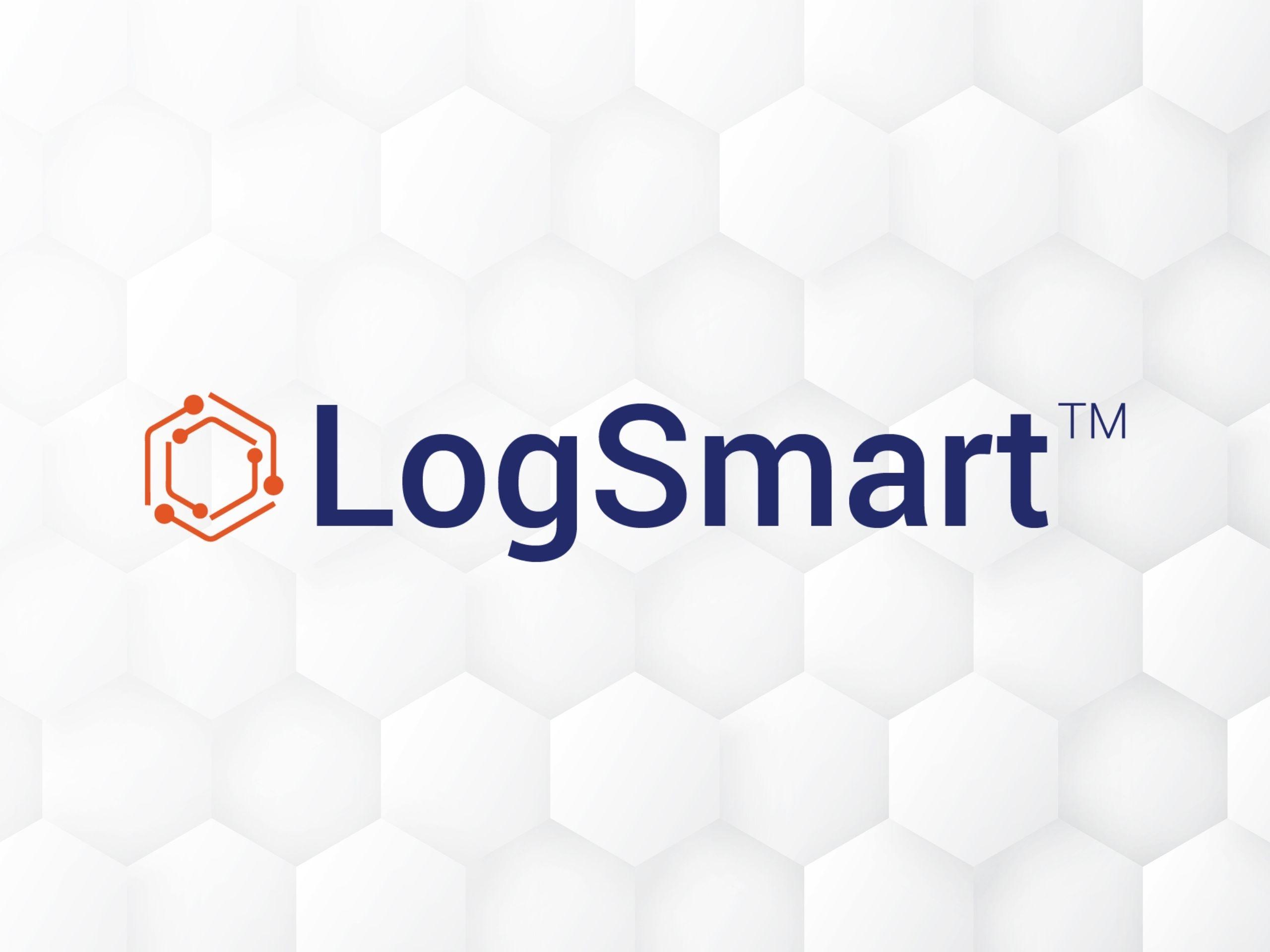





![Group photo from the USFS lichen biomonitoring training in the Rouge River–Siskiyou National Forest. Lower row (left to right): Ashley Rivero (LMI), Bri Bernstein (U.S. Forest Service [USFS]), and Amanda Hardman (USFS). Upper row (left to right) Jennifer Brown (LMI), David Walls (LMI), and Teresa Bird (USFS).](/sites/default/files/styles/p_related_content_card_image/public/2023-05/Screen%20Shot%202022-10-04%20at%209.27.03%20AM.png?itok=EZCUZuMP)















